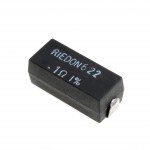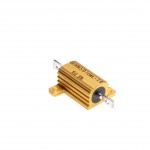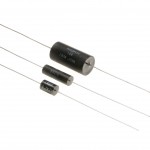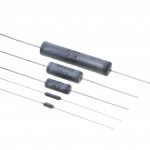Wirewound resistors have been around for a long time. They enjoy a long life because they have some very important features not duplicated by new technology products. If you must optimize circuit designs where precision is important, you should understand those characteristics.
- surface mount wirewound resistors
- Aluminum Housed Wirewound Resistors
- Precision Wirewound Resistors
- Power wirewound resistors
For most of the history of electronic and electrical circuits, wirewound resistors were the only game in town for precision resistances. Wirewound precision resistors have some important characteristics. First, they can have very tight resistance tolerances . . . 0.005% is commonly achieved. More important, they are stable (15-50ppm/yr) maintaining their precision over time because they are made with stable materials. Their TCR (Temperature Coefficient of Resistance) is low (<10ppm/°C) and can be controlled by selecting special wire alloys. (Usually, you need the lowest TCR, but a higher TCR has special interest in some applications.)
In the past, the bulk of the resistor market went to carbon composition products. They are not accurate; you can sort them to tolerances of about 1% at best. They are unstable, have poor TCR (1000 ppm/C) and generate electrical noise. Low cost is their advantage. Now, film technology products are replacing carbon resistors. Continue to read here.




